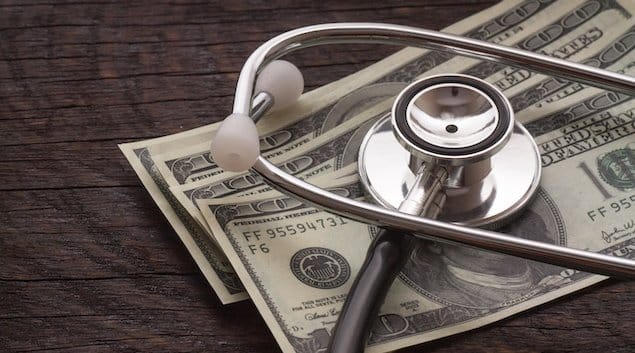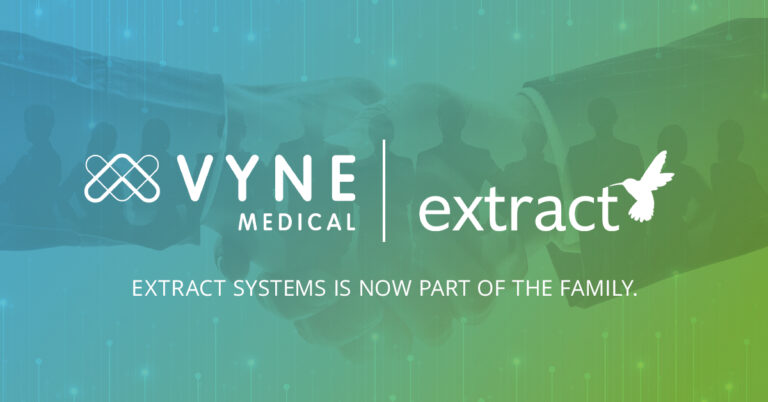
The Future of Healthcare Spending
As the world goes through digitalization at a rapid pace, fears of the dehumanizing aspect of technology are prevalent—and these fears are no exception in the healthcare industry. Certainly, no one wants robots directing their healthcare needs.
With the pandemic highlighting just how vital empathy and humanity truly is, people’s reservations around adopting new, technology-driven ways of treating patients have been reinforced. But as the world turns towards more technology, digitalizing healthcare is proving to be even more human-centric than we could have imagined.
In this push to digitalize, healthcare needs to look for ways that technology aides and advances innovation and medicine, while ensuring that one of the most important aspects of healthcare—humanity—should be at the forefront.
COVID-19 has revealed just how ripe the industry is for change and its need for structural and technological transformation. In the future of health, Deloitte expects six key areas to collectively transform the existing health system from treatment-based reactionary care to prevention and well-being. Those areas are data sharing, interoperability, equitable access, empowered consumers, behavior change, and scientific breakthrough. In a recent podcast, Tales of Transformation, Andy Davis who is a principal with Deloitte Consulting’s Health Care practice, along with Jason Wells who is the chief consumer and innovation officer of Adventist Health, and Krishna Ramachandran who is the vice president of provider performance at Blue Cross and Blue Shield of Illinois, discussed this persistent shift that’s driving the future of health care.
Scientific Breakthrough, Equitable Access, and Empowered Consumers
In the podcast, Andy was asked to touch on ways healthcare can stabilize its spending. He explained that early detection and prevention of diseases is one way, saying that “one of the analyses that we covered was around non-small cell lung cancer and the impact of finding cancer before you progress to late-stage. And what we found in doing that was, through early detection, which there continues to be investment in, you could save upwards of $7 billion out of $22 billion that we spend annually caring for and treating those with non-small cell lung cancer just by finding disease states early, which multiple organizations are investing in today.” The second is, “around the brand-new information we’re going to see that is going to drive an empowered consumer. For the first time really ever in our health care industry, we’re going to have consumers with data at their fingertips, through regulations like price transparency and interoperability that’s going to offer this explosion of data.”
Data Sharing Interoperability
When Krishna was asked the same question, she added, “I think that are several forces at play currently. One, I see the continued alignment of incentives with providers towards adoption of value-based care; two, this dilation of health care delivery systems via some of the regulations such as meaningful use.
Three, regulatory forces that are pushing health care players toward more interoperability of systems and transparency in pricing data. And so this potential to democratize the data brings opportunities for health care players, big and small, to surface up meaningful insights, empower the consumer to make choices, which could be a powerful force that can bend this cost trend.”
Behavior Change
Later in the episode they touch on consumers changing their behavior and becoming much more empowered and engaged. Jason explained, “I think that the pandemic has accelerated this. I’m having a colonoscopy on Friday, but I haven’t had any nudges. It’s been six months, and no one’s saying, ‘Hey, Jason, have you done your prep? And did you do this?’ Those things should be in place. We must do a better job at reminding people of the gaps in care, reminding people of what it means to live a healthy life, and give people the tools. And I think consumers are ready to be nudged. Health care has been so transactional, and we must move to be relational. And I think of the 95% of our life we aren’t in a hospital, aren’t in a doctor’s office … Let’s be in that space, let’s partner with them there so that we maybe can avoid 4 of the 5% in the hospital and in a clinic setting.”
They end the podcast by saying, “in the future, we expect that convergence of empowered consumers, interoperable data, and scientific discovery will lead to an unstoppable shift in our health care system, impacting all players in the health care ecosystem.”
Whether it’s just one or several of these subgroups of innovation, healthcare organizations need to decide which roles they want to leverage in the future. Essential to this decision is understanding how multiple subgroups can fit together into a unified approach and create new business models required for success in the future.
Here at Extract, it is our mission is to improve patient care and reduce the cost of healthcare by delivering data to the EMR so that physicians and staff can quickly diagnose and treat their patients. Our HealthyData Platform uses an advanced OCR engine and document clues to ensure all the necessary data is identified and collected. The key data is then routed and sent to the appropriate department or system. Criteria is applied based on document type or other information contained within a given file. Our platform can integrate with an organization’s existing systems- such as an EHR, HIS, LIS or ECM platform. Once the data has been captured and routed, the information is then able to be reported on. This allows stakeholders to see analyzed and trended reports on their business insights.
Sources:



